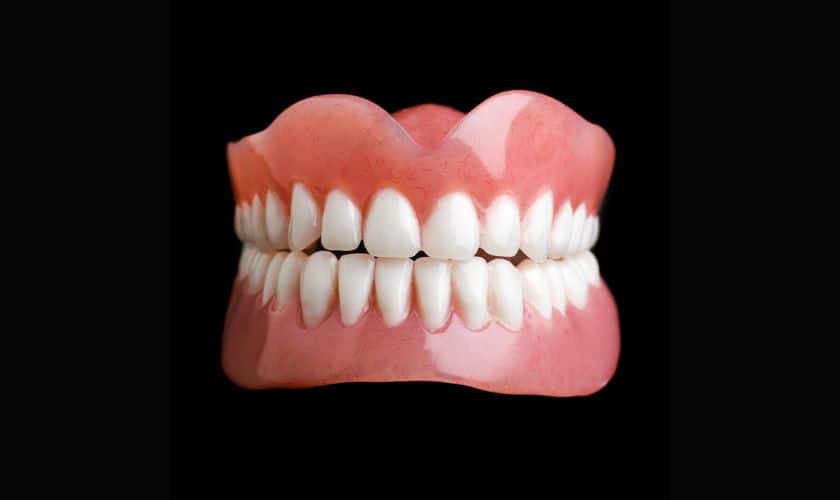Welcome to our latest dental blog! Today, we’re diving into the fascinating world of teeth – specifically, the chemistry behind their composition and nature.
As a dentist, I understand the importance of not only caring for our patients’ teeth but also educating them about the intricate chemistry that makes up these essential components of our oral health. So, let’s explore the composition of teeth, the role of various minerals, and how understanding their chemistry can help us maintain healthy smiles for years to come.
Teeth are marvels of nature, combining strength, durability, and functionality to allow us to bite, chew, and speak with ease. But what exactly are teeth made of, and how does their chemistry contribute to their remarkable properties?
Let’s take a closer look:
Composition of Teeth
Teeth are primarily composed of minerals, water, and organic matter. The hard outer layer of the tooth, known as enamel, is the hardest substance in the human body and consists mostly of hydroxyapatite crystals – a calcium phosphate mineral. Beneath the enamel lies the dentin, a dense, bonelike tissue composed of hydroxyapatite crystals embedded in a collagen matrix. Finally, the innermost portion of the tooth is the pulp, which contains nerves, blood vessels, and connective tissue.
Mineral Components
Calcium and phosphate ions are the primary mineral components of teeth, forming the hydroxyapatite crystals that give teeth their strength and resilience. These minerals are essential for maintaining the integrity of the tooth structure and protecting against decay and erosion. In addition to calcium and phosphate, teeth also contain trace amounts of other minerals such as fluoride, which helps strengthen enamel and protect against cavities.
Organic Matter
The organic matter in teeth, primarily collagen, provides flexibility and resilience to the tooth structure. Collagen fibers are embedded within the dentin matrix, providing support and stability to the tooth while also allowing for some degree of flexibility to withstand the forces of chewing and biting.
Water Content
Despite their hard and durable appearance, teeth contain a significant amount of water – approximately 10% by weight. Water plays a crucial role in maintaining the structural integrity of teeth and facilitating various biochemical processes within the tooth structure.
Understanding the composition and chemistry of teeth is essential for maintaining optimal oral health.

Some key facts and numbers to consider
- Enamel is composed of approximately 96% mineral content, making it highly resistant to decay and erosion.
- Dentin is slightly softer than enamel and contains a higher proportion of organic matter, giving it a yellowish color.
- The pulp chamber houses nerves, blood vessels, and connective tissue, providing nourishment to the tooth and facilitating sensory perception.
- Fluoride ions replace hydroxide ions in the hydroxyapatite crystals of enamel, forming fluorapatite, which is more resistant to acid erosion and decay.
- Acidic foods and beverages can weaken enamel by demineralizing the hydroxyapatite crystals, leading to tooth decay and sensitivity.
- Proper oral hygiene practices, including brushing, flossing, and regular dental check-ups, are essential for maintaining healthy teeth and preventing dental problems.
Final Insights
he chemistry of teeth is a complex and fascinating subject that plays a crucial role in our oral health and overall well-being. By understanding the composition and nature of teeth, we can better appreciate the importance of proper dental care and hygiene practices. So, remember to brush, floss, and visit your dentist regularly to keep your smile healthy and beautiful for years to come.
We hope you found this exploration of the chemistry of teeth informative and enlightening. If you have any questions or concerns about your oral health, don’t hesitate to reach out to us. Until next time, keep smiling!



